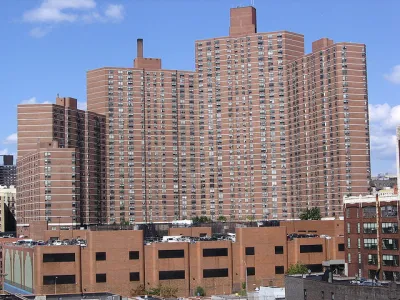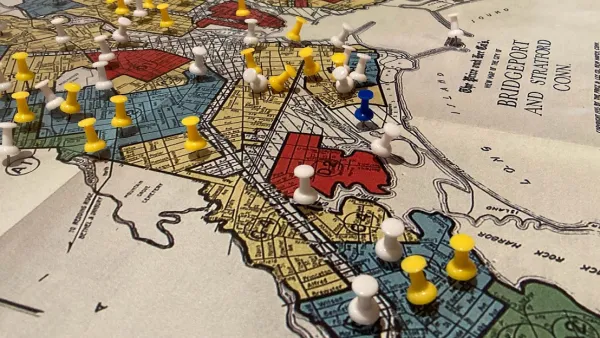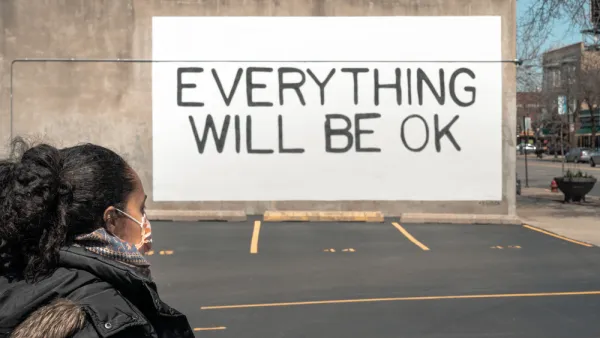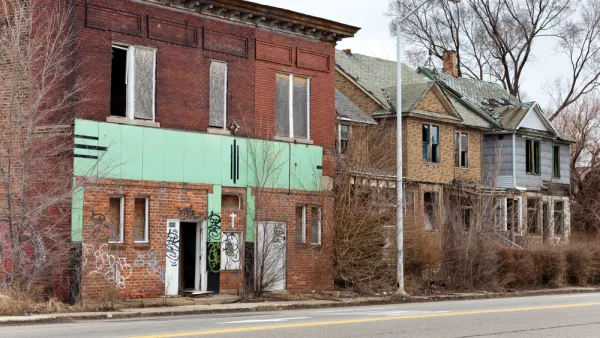Voucher recipients live in slightly better neighborhoods than the average poor household, but they still live in economically and racially segregated neighborhoods with poor-performing schools.

The Housing Choice voucher program was created to give low-income households the opportunity to move out of public housing—where the effects of the cycle of poverty are severe—and into federally subsidized rental units. The program's success depends on both the willingness of landlords in better neighborhoods to offer voucher-subsidized units and for voucher recipients to relocate to better neighborhoods.
However, concentrated poverty and segregation persist. As Elizabeth Kneebone and Natalie Holmes write, voucher recipients' "housing choices remain limited to racially segregated low-income neighborhoods that may not be much different than where they started...Delivering on the potential of the voucher program to improve access to opportunity means grappling with the barriers to mobility that restrict its use."
Kneebone and Holmes compare the conditions of voucher holders with poor families living in rental housing and public housing. They find that across the country, voucher holders live in less concentrated poverty than public housing residents and low-income renters, but they still live in majority-minority neighborhoods where the average poverty rate is between 19 and 29 percent. They cite a Macarthur Foundation study, which finds that voucher holders live near lower-performing schools than poor families overall, but higher-performing schools than public housing residents.
FULL STORY: Promise and pitfalls of housing choice vouchers vary across the nation

National Parks Layoffs Will Cause Communities to Lose Billions
Thousands of essential park workers were laid off this week, just before the busy spring break season.

Retro-silient?: America’s First “Eco-burb,” The Woodlands Turns 50
A master-planned community north of Houston offers lessons on green infrastructure and resilient design, but falls short of its founder’s lofty affordability and walkability goals.

Delivering for America Plan Will Downgrade Mail Service in at Least 49.5 Percent of Zip Codes
Republican and Democrat lawmakers criticize the plan for its disproportionate negative impact on rural communities.

Test News Post 1
This is a summary

Test News Headline 46
Test for the image on the front page.

Balancing Bombs and Butterflies: How the National Guard Protects a Rare Species
The National Guard at Fort Indiantown Gap uses GIS technology and land management strategies to balance military training with conservation efforts, ensuring the survival of the rare eastern regal fritillary butterfly.
Urban Design for Planners 1: Software Tools
This six-course series explores essential urban design concepts using open source software and equips planners with the tools they need to participate fully in the urban design process.
Planning for Universal Design
Learn the tools for implementing Universal Design in planning regulations.
EMC Planning Group, Inc.
Planetizen
Planetizen
Mpact (formerly Rail~Volution)
Great Falls Development Authority, Inc.
HUDs Office of Policy Development and Research
NYU Wagner Graduate School of Public Service





























